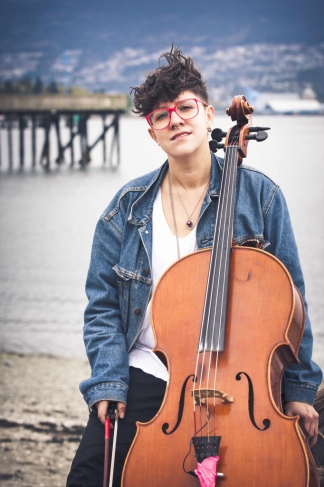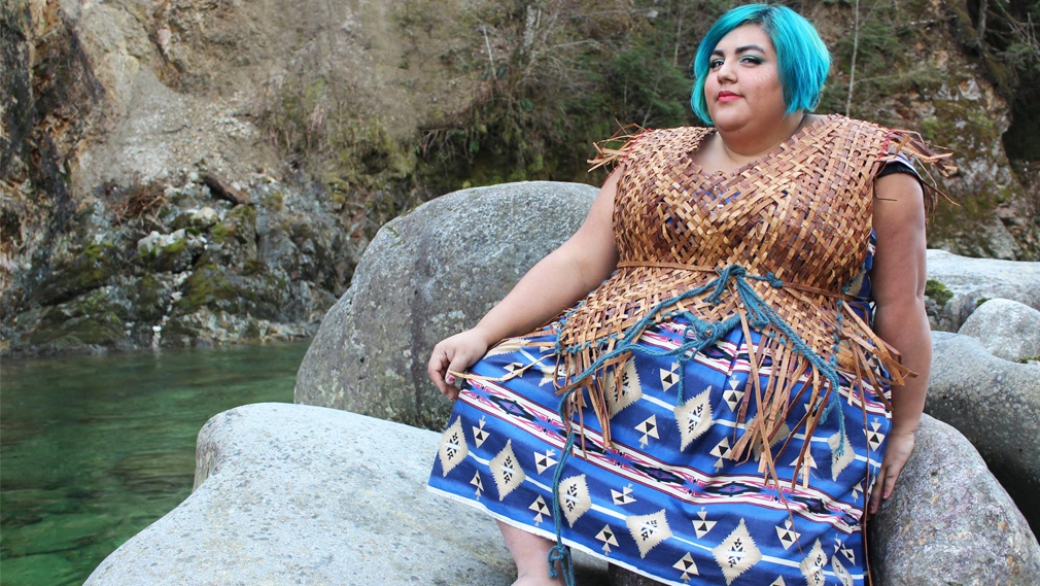UnSettled will feature the works of 17 two-spirit artists at the 2017 Queer Arts Festival in Vancouver
DailyXtra – Mar 24, 2017 – Chahira Merarsi.
After years as a tribal councillor with the Siksika Nation, Adrian Stimson’s life changed when they took the plunge and applied to art school.
“I sort of asked myself that question, as I’m sure we all do, ‘What is it that I want to do when I grow up?,’” says Stimson, who uses the gender-neutral pronoun “they” in tribute to the Siksika language, which Stimson says has no gender-specific pronouns.
A residential school survivor, Stimson says art helped them deal with the trauma of that experience and the history of living on reserves.
“It allowed me to unpack and work through some of those issues that I faced while going through residential school, and the racism within the general public and the world, to create art that hopefully speaks to challenging a lot of those notions,” they explain.
Stimson is curating UnSettled, the visual arts portion of this year’s Queer Arts Festival.
After seven years as QAF’s artistic director, Shaira (SD) Holman decided to hand over this year’s festival to two-spirit curators and artists to coincide with Canada’s 150th year since Confederation.
“It was really important for the festival as a whole, rather than being a settler organization, to just step back and give over the entire curation,” Holman says.
QAF’s director of development, Rachel Iwaasa, says two-spirit curation is important because showcasing two-spirit art isn’t enough.
“We’re working with indigenous partners so that it’s not up to us to decide what constitutes an authentic indigenous, two-spirit representation,” Iwaasa says. “It’s important to us that we’re not the voices represented in the publicity.”
Stimson has curated the works of 17 established, novice and deceased artists for UnSettled in a bid to bring together and honour those who have been part of the collective history and being of two-spirit people.
Stimson hopes the artists’ work will challenge multiple narratives, including settler and heteronormative accounts. “I think it’s something that two-spirited artists do naturally and I think they continue to do.”

Adrian Stimson, curator of this year’s QAF visual arts exhibition, UnSettled. Courtesy Adrian A Stimson
The work of Coast Salish and Stó:lō artist Raven John, whose ancestral name is Exwetlaq, will also feature at the festival. John says working as lead sculptor on Four Faces of the Moon, an animated short film, helped them through tragedy last year.
“It really is life-saving,” John says. “One of my aunts was murdered last year around February and it was a huge blow to our family. Having someone so close be added to this gross list of missing and murdered indigenous women was really hard for me.”
As a younger artist, John says they were interested in making “unreal worlds real through film.” Working on a feminist, indigenous film with a mostly indigenous and femme crew was “really life-affirming” in the midst of loss and the uncertainty of whether there would be justice for their aunt, John says. “It gave me an outlet to know there’s something better coming, there’s something better to strive for.”

Raven John’s painting, Two-Spirit Transformation Blessing, will be featured in UnSettled. Courtesy Raven John
Classically trained cellist Cris Derksen applauds Holman and Iwaasa for stepping back while indigenous artists take the curatorial lead. Derksen, who uses music as a way of criticizing appropriation and reconciling their own identity, will perform their Juno-nominated album Cris Derksen’s Orchestral Powwow at the festival.
Derksen says classical music has appropriated a lot of indigenous work. “As a classically trained indigenous human, I feel like this is a time that we can step up and say, ‘Hey, these are our songs, these are our stories, let us tell the story.’”
Noting their Cree and Mennonite heritage, Derksen says the album is a means of reconciling the various facets of their background and bringing them together in a way that allows the indigenous voice to be “heard loudly and respected.”

Classically-trained cellist Cris Derksen will be performing their album Cris Derksen’s Orchestral Powwow at this year’s QAF. Courtesy Cris Derken
Most chamber music has a conductor, Derksen observes. “I think it’s time that we listen to the aboriginal people first, so the beat of the drum dictates our show.”
John says that two-spirit inclusion needs to go beyond this year’s festival. “We need to address our histories, and one thing that I would love to see change in the arts community in general is that we don’t have to have an Indigenous or two-spirit exhibition,” they say. “We end up having women’s shows or queers shows or Indigenous shows or, in this case a two-spirit show, and as important as it is to increase awareness, we need to be included in other exhibitions.”
Holman says she’s committed to two-spirit inclusion beyond 2017.
“We don’t know yet that we have the funding but we’re hoping to mentor more young queer, POC [people of colour], and especially two-spirit people in these kinds of positions so that it’s not just, ‘Oh yeah, 2017 we did this,’ and then we just moved on.”

